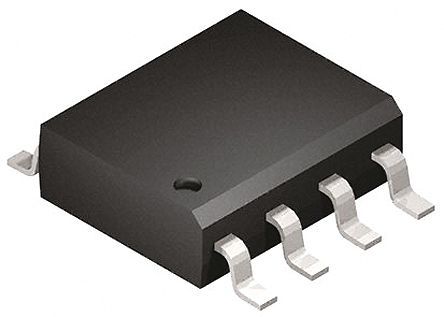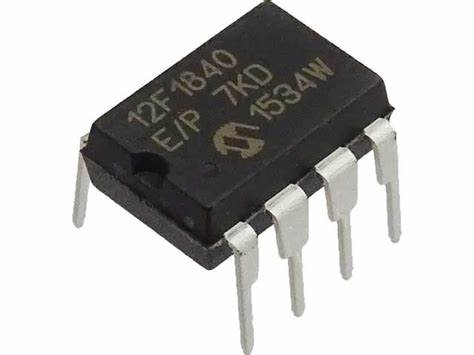Crack Microchip PIC12F1840T Microprocessor Flash Memory
Crack Microchip PIC12F1840T Microprocessor Flash Memory and restore heximal firmware from PIC12F1840T Locked MCU flash memory, copy program file to new PIC12F1840T microcontroller;

PIC12F1840T microcontrollers can be serially programmed while in the end application circuit. This is simply done with two lines for clock and data and three other lines for power, ground and the programming voltage.
This allows customers to manufacture boards with unprogrammed devices and then program the microcontroller just before shipping the product when replicating PIC12F1612 MCU embedded firmware. This also allows the most recent firmware or a custom firmware to be programmed.
The Timer1 oscillator shares the T1OSI and T1OSO pins with the PGD and PGC pins used for programming and debugging.

When using the Timer1 oscillator, In-Circuit Serial Programming (ICSP) may not function correctly (high voltage or low voltage), or the In-Circuit Debugger (ICD) may not communicate with the controller to clone PIC12F1501 microcontroller flash heximal. As a result of using either ICSP or ICD, the Timer1 crystal may be damaged.
If ICSP or ICD operations are required, the crystal should be disconnected from the circuit (disconnect either lead), or installed after programming. The oscillator loading capacitors may remain in-circuit during ICSP or ICD operation.

